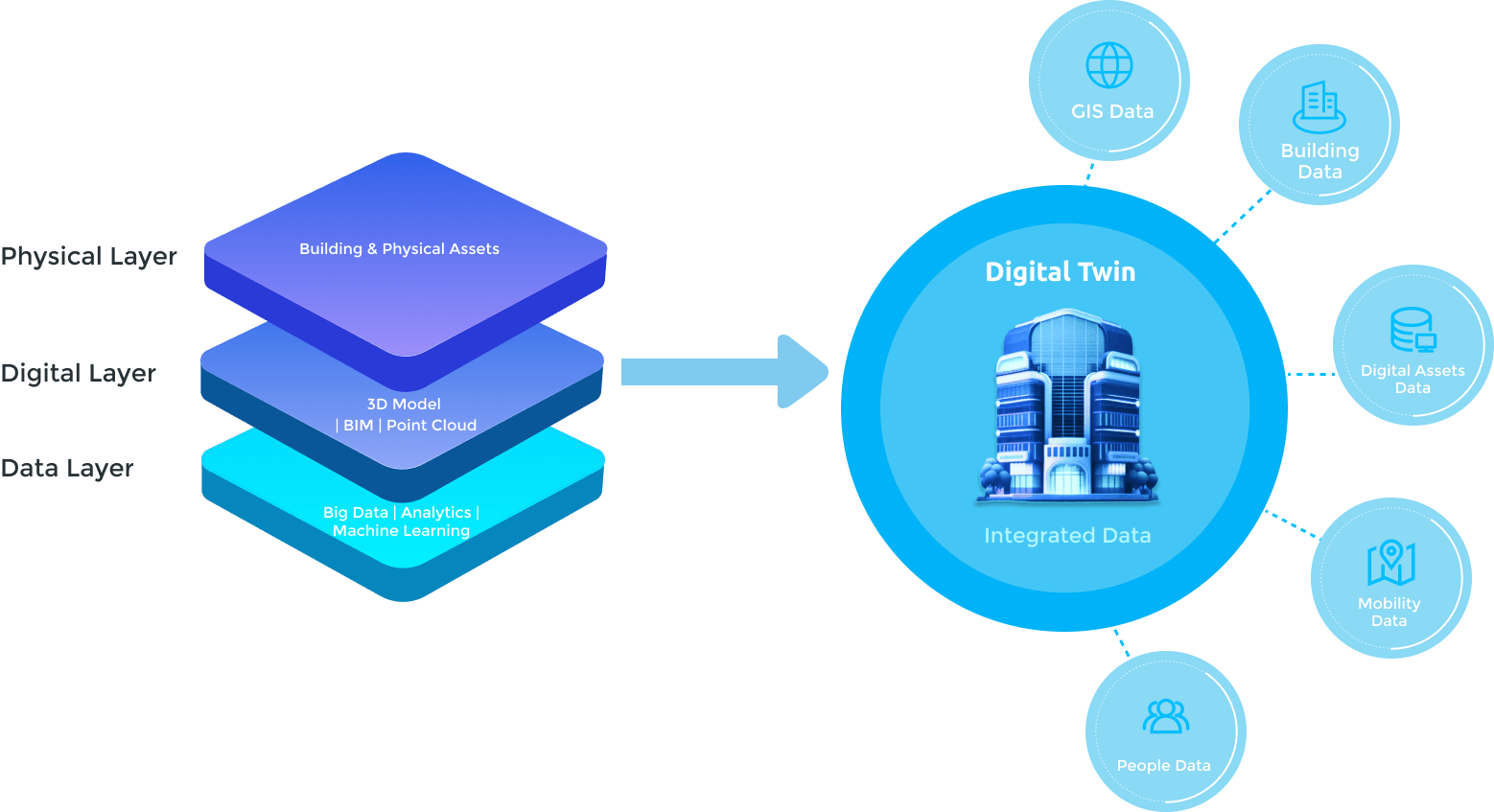By Shahabuddin Amerudin
In the 2021 article “Why Accenture lists ‘digital twins’ as top-five technology trend in 2021,” George Lawton (2021) explores the rising prominence of digital twin technology and its designation by Accenture as a pivotal technological trend. Digital twins, defined as virtual replicas of physical entities such as machinery, manufacturing plants, or supply chains, have evolved significantly since their inception in 2002 by Michael Grieves (Grieves, 2021). Initially conceptualized to enhance product lifecycle management, their adoption was limited due to challenges in integrating processes and data across various teams. However, advancements in data integration, artificial intelligence, and the Internet of Things have propelled digital twins into mainstream applications, enabling organizations to mirror complex physical systems digitally.
Lawton (2021) highlights Accenture’s recognition of digital twins as one of the top five strategic technology trends in 2021, attributing this to businesses’ growing ability to scale these projects beyond isolated instances. This scaling facilitates enhanced collaboration across diverse groups, including product design, sales, and maintenance teams, leading to significant operational efficiencies. For instance, the U.S. Air Force leveraged digital twin technology to design and build a new aircraft prototype in just over a year, a process that traditionally spanned decades. Similarly, companies like Chevron and Kaeser have utilized digital twins to predict maintenance issues and transition to subscription-based models, respectively.
One significant aspect of digital twin adoption is its connection to Geographic Information Systems (GIS). According to Isaacs, as cited in Lawton (2021), the success of GIS interoperability can serve as a model for digital twins in other domains. GIS technologies have long enabled the integration of diverse datasets, including satellite imagery and point cloud scanning, with AI and machine learning (ML) techniques to analyze structures and anomalies. This integration has enhanced enterprise capabilities for pattern recognition and asset management, which are fundamental to digital twin implementations (Baumann, 2021). The application of GIS principles in digital twins has already facilitated advancements in sectors such as energy and utilities, where the technology is helping accelerate the transition to renewable energy sources and achieve net-zero emissions (Lawton, 2021).
However, challenges persist in harmonizing digital twins across industries with disparate systems, particularly in fields like healthcare. The lack of standardized data models and interoperability frameworks presents a significant barrier to widespread adoption (Grieves, 2021). The Accenture Technology Vision 2021 report underscores the importance of early adoption, predicting that businesses that invest in intelligent twin infrastructures today will drive industries toward greater agility and intelligence (Lawton, 2021). The potential for digital twins to revolutionize decision-making and operational efficiency underscores the need for strategic investment in overcoming integration and standardization hurdles.
The article effectively underscores the transformative potential of digital twins across various industries. By providing concrete examples, such as the U.S. Air Force’s expedited aircraft development and Chevron’s predictive maintenance strategies, Lawton (2021) illustrates the practical benefits and diverse applications of this technology. Furthermore, the acknowledgment of digital twins’ evolution—from a conceptual framework to a critical component of digital transformation—offers readers a comprehensive understanding of their significance.
However, the article could benefit from a deeper exploration of the challenges associated with implementing digital twin technology. While the advantages are evident, addressing potential obstacles such as data security concerns, integration complexities, and the need for substantial upfront investments would provide a more balanced perspective. Additionally, insights into the future trajectory of digital twins, including emerging trends and potential innovations, would enrich the discussion and offer readers a forward-looking view (Lawton, 2021; Baumann, 2021).
In conclusion, Lawton’s (2021) article offers a succinct overview of digital twin technology’s ascent as a critical technological trend in 2021. By highlighting real-world applications and industry endorsements, it effectively conveys the technology’s impact on modern business operations. Incorporating discussions on implementation challenges and future developments would further enhance the article’s depth and provide readers with a more holistic understanding of digital twins’ role in contemporary digital transformation initiatives.
References
Baumann, B. (2021, November 7). 12 factors heating up the popularity of digital twins and simulations. VentureBeat. Retrieved from https://venturebeat.com/data-infrastructure/12-factors-heating-up-the-popularity-of-digital-twins/
Grieves, M. (2021, December 30). Tech pioneer explains the evolution of digital twins. VentureBeat. Retrieved from https://venturebeat.com/technology/tech-pioneer-explains-the-evolution-of-digital-twins/
Lawton, G. (2021, March 12). Why Accenture lists ‘digital twins’ as top-five technology trend in 2021. VentureBeat. Retrieved from https://venturebeat.com/business/why-accenture-lists-digital-twins-as-top-five-technology-trend-in-2021/
Lawton, G. (2021, December 30). 22 digital twins trends that will shape 2022. VentureBeat. Retrieved from https://venturebeat.com/technology/22-digital-twins-trends-that-will-shape-2022/


